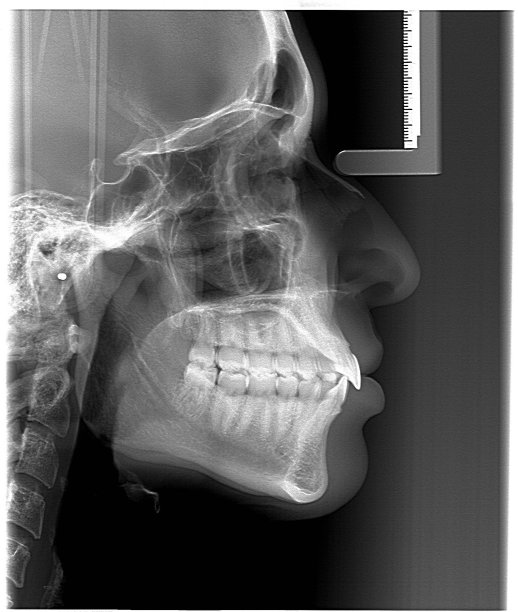Essential Guidelines and Precautions for Successful Root Canal Treatment to Ensure Optimal Patient Care and Recovery
Summary: Root canal treatment is a critical procedure aimed at saving infected or damaged teeth. Successful root canal therapy hinges on a blend of essential guidelines and precautions that help ensure optimal patient care and facilitate swift recovery. This article discusses four key aspects of root canal treatment: pre-treatment assessments, procedural techniques, post-treatment care, and patient communication. Understanding these facets is essential for both dental professionals and patients to enhance the effectiveness of the treatment and minimize discomfort.
1. Importance of Pre-Treatment Assessments

Before initiating root canal treatment, a thorough evaluation of the patient’s dental and medical history is crucial. This includes understanding any pre-existing health conditions, allergies, and medication the patient is currently taking. Such information can significantly influence anesthesia choices and procedural approaches, ensuring that the treatment is tailored to the patient’s individual needs.
In addition to gathering health information, clinical examinations and diagnostic imaging such as X-rays provide vital insights into the condition of the tooth and its surrounding structures. Radiographs help identify the extent of decay or infection and any anatomical complexities that may complicate the procedure. Early identification of these factors plays a fundamental role in devising an effective treatment plan.
Furthermore, establishing realistic expectations regarding the outcome of the treatment during this assessment phase can significantly alleviate patient anxiety. Dentists should explain the procedure, addressing any concerns while providing a clear picture of the pain management strategies that will be employed.
2. Procedural Techniques for Successful Treatment
One of the cornerstones of effective root canal therapy is mastering the procedural techniques. First, adequate anesthetic administration ensures that the patient remains comfortable throughout the treatment. Dentists should be skilled in various anesthesia techniques and be ready to adjust based on patient feedback during the procedure.
Once the patient is numb, the access cavity must be created accurately to facilitate proper cleaning and shaping of the root canal system. Utilizing precise equipment for this process is essential, as the anatomy of root canals can be complex and variable among individuals. Proper instrumentation allows for the complete removal of pulp tissue and debris, reducing the potential for future complications.
Finally, once the canal is cleaned and shaped, a thorough disinfection process must be followed. Using antimicrobial irrigants helps eliminate any remaining bacteria, significantly reducing the risk of treatment failure. The choice of obturation materials and techniques varies based on the specific case, but all should aim for a well-sealed canal to prevent reinfection.
3. Post-Treatment Care for Quick Recovery
Post-treatment care plays an integral role in ensuring optimal patient recovery following root canal therapy. Patients typically experience some discomfort after the anesthesia wears off. It is essential for dental professionals to inform patients about expected symptoms and the appropriate use of over-the-counter pain relievers to manage discomfort effectively.
Dental professionals should also provide patients with clear aftercare instructions. This may include recommendations on dietary restrictions, emphasizing soft foods and avoiding chewing on the treated side until fully healed. Additionally, guidelines on maintaining oral hygiene can prevent complications during the healing phase.
Regular follow-up appointments are crucial for monitoring the healing process and ensuring that there are no signs of infection post-treatment. Communication during these follow-ups allows the dentist to answer any lingering questions and helps reinforce the importance of adhering to the post-treatment care plan.
4. Effective Communication with Patients
Effective communication before, during, and after the treatment enhances patient understanding and involvement. Dentists should ensure that they explain procedures clearly, using laymans terms when necessary. Patients should be encouraged to ask questions and voice concerns, contributing to a more collaborative care environment.
Furthermore, emotional support is vital for reducing anxiety. Creating a reassuring atmosphere can help patients feel more comfortable, especially if they have dental phobias. Dentists might consider using visual aids or demonstrations to illustrate the process, making it less intimidating for patients.
Empowering patients through education about the significance of root canal treatment and what to expect fosters a sense of agency regarding their dental health. Informed patients are more likely to follow post-treatment care recommendations, leading to better outcomes and enhanced satisfaction with their care.
Summary:
In conclusion, adhering to essential guidelines and precautions during root canal treatment can significantly improve patient care and recovery outcomes. From the initial assessments to procedural execution, post-treatment care, and open lines of communication, each aspect plays a crucial role. By prioritizing these elements, dental professionals can ensure that their patients receive the best possible care.
This article is compiled by Vickong Dental and the content is for reference only.



